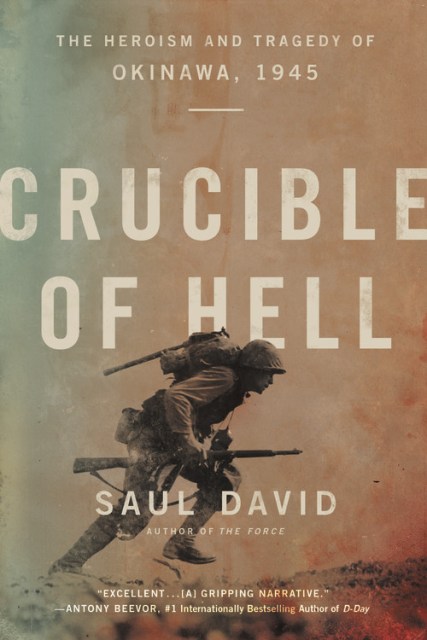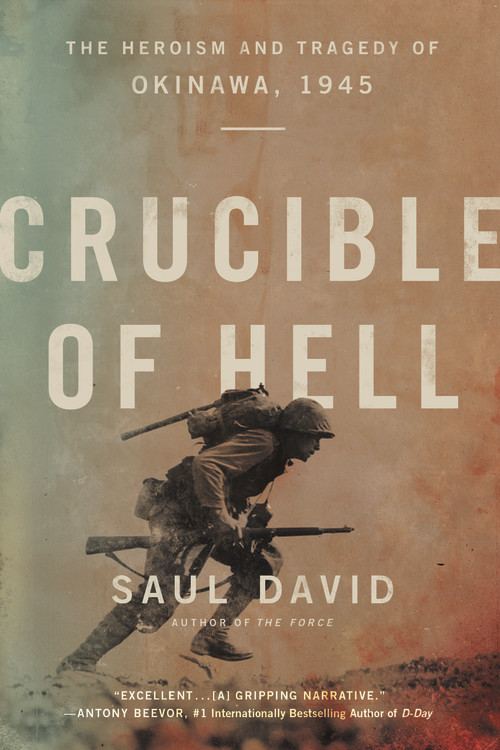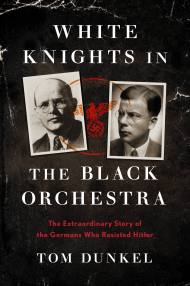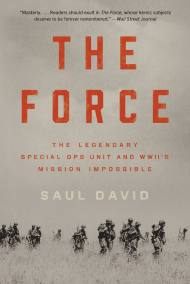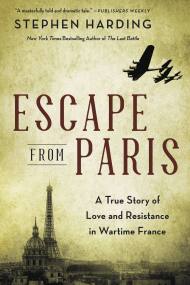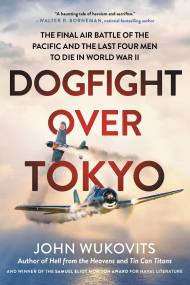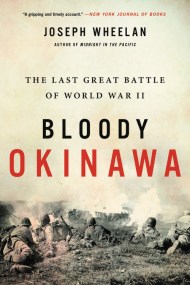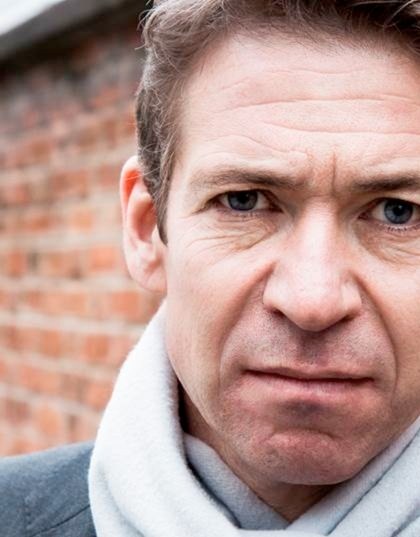Promotion
Use code MOM24 for 20% off site wide + free shipping over $45
Crucible of Hell
The Heroism and Tragedy of Okinawa, 1945
Contributors
By Saul David
Formats and Prices
Price
$21.99Price
$28.99 CADFormat
Format:
- Trade Paperback $21.99 $28.99 CAD
- ebook $12.99 $15.99 CAD
- Audiobook Download (Unabridged)
This item is a preorder. Your payment method will be charged immediately, and the product is expected to ship on or around May 4, 2021. This date is subject to change due to shipping delays beyond our control.
Also available from:
With Allied forces sweeping across Europe and into Germany in the spring of 1945, one enormous challenge threatened to derail America’s audacious drive to win the world back from the Nazis: Japan, the empire that had extended its reach southward across the Pacific and was renowned for the fanaticism and brutality of its fighters, who refused to surrender, even when faced with insurmountable odds. Taking down Japan would require an unrelenting attack to break its national spirit, and launching such an attack on the island empire meant building an operations base just off its shores on the island of Okinawa.
The amphibious operation to capture Okinawa was the largest of the Pacific War and the greatest air-land-sea battle in history, mobilizing 183,000 troops from Seattle, Leyte in the Philippines, and ports around the world. The campaign lasted for 83 blood-soaked days, as the fighting plumbed depths of savagery. One veteran, struggling to make sense of what he had witnessed, referred to the fighting as the “crucible of Hell.” Okinawan civilians died in the tens of thousands: some were mistaken for soldiers by American troops; but as the US Marines spearheading the invasion drove further onto the island and Japanese defeat seemed inevitable, many more civilians took their own lives, some even murdering their own families. In just under three months, the world had changed irrevocably: President Franklin D. Roosevelt died; the war in Europe ended; America’s appetite for an invasion of Japan had waned, spurring President Truman to use other means — ultimately atomic bombs — to end the war; and more than 250,000 servicemen and civilians on or near the island of Okinawa had lost their lives.
Drawing on archival research in the US, Japan, and the UK, and the original accounts of those who survived, Crucible of Hell tells the vivid, heart-rending story of the battle that changed not just the course of WWII, but the course of war, forever.
Genre:
-
Praise for Crucible of Hell:
-
"[Saul David] is peerless now among our military historians... [A] superb book...that often reads like a screenplay, but depicts suffering that was all too real."Telegraph
-
"Excellent. Saul David's gripping narrative is admirably clear."Antony Beevor, #1 internationally bestselling author of D-Day
-
"Gripping, even gruesome, yet deeply moving, Crucible of Hell sweeps us masterfully from a coral charnel house in the Pacific to the mushroom cloud over Hiroshima."David Reynolds, author of In Command of History and The Long Shadow
-
"Vivid and deeply moving, Crucible of Hell paints a rich portrait of one of the most horrific battles in modern memory. David masterfully evokes the desperation and courage of soldiers, civilians, and commanders on both sides, constantly switching perspectives to capture the deep story of Okinawa's horror. Hard to put down, harder to forget."Stephan Talty, author of Saving Bravo: The Greatest Rescue Mission in Navy SEAL History
-
"David restores a human dimension to this battle - both sides are brave, stoic, frightened, barbaric and occasionally cowardly. This is narrative history at its most visceral as battles unfold almost in real time... In short chapters David shifts between American and Japanese fronts, providing a gripping reconstruction of the action."The Times (UK)
-
"Superbly researched, well-written...Reminds us that the defining characteristic of war is the mass destruction of individuals, both physically and psychologically."The Spectator
-
"A worthy addition to the literature of the Okinawa campaign."Wall Street Journal
-
"Read this book."David Saunders, Military History Magazine
-
Praise for Saul David's The Force:
-
"The Forcebrilliantly recounts the heroic exploits of the first U.S. and Canadian Special Operations team, tasked with decommissioning a supposedly impregnable Nazi stronghold. Every chapter is filled with harrowing adventure, life and death struggle, and bedrock patriotism. The amount of new cutting-edge research is impressive. A monumental achievement!"Douglas Brinkley, #1 New York Times bestselling author of American Moonshot: John F. Kennedy and the Great Space Race
-
"With impeccable research and a keen eye for detail, Saul David has brought to life the surprising story of the original band of brothers. You can draw a vivid line from the make-or-break WWII battles of these daring soldiers to today's US Army Special Forces...Saul David does us -- and history -- a service by dramatizing how and why that 'tip of the spear' was forged. These brave citizen-soldiers did the impossible, and The Forcehonors their brotherhood, triumph, and ultimate sacrifices. An essential part of anyone's library."Doug Stanton, #1 New York Timesbestselling author of Horse Soldiers and In Harm's Way
-
"Action packed...this thrilling tale will captivate readers."Publishers Weekly
-
"This remarkable story of the most unique special operations unit in Allied service during World War II throws you into battle during the meat grinder campaign in Italy, where the men of the Force displayed exceptional loyalty to each other and courage under fire all while undertaking some of the most difficult missions of the war. Told at soldier's-eye level, The Force is a gripping and awe-inspiring account of a storied unit and a legendary battle."John R. Bruning, bestselling author of Race of Aces and Indestructible
-
"With this riveting story of an unlikely group of men becoming elite soldiers and contributing to the Allied victory, Saul David brings us a superb tale, well told."Gregory A. Freeman, bestselling author of The Forgotten 500
-
"The Force provides incredible insight into the formation, development, and performance of the U.S. Army Special Forces Group, which traces its lineage to these fearless men. With his incomparable gift for storytelling, Saul David captures the brotherhood forged in war, the tragedy and chaos of battle, and the rich tradition of American tactical brilliance that these elite soldiers helped to launch."David M. Reel, Executive Director, West Point Museum
-
"The First Special Service Force created in 1942 was a unique elite unit...As Saul David makes clear in this stirring account of their heroics, they did much more than their share and established precedents for the U.S. and Canadian Special Forces of today."James M. McPherson, Pulitzer Prize-winning author of The Battle-Cry of Freedom
-
"Compelling and well-researched, The Force is an uplifting story of bravery, duty, and honor, an account of men who found the courage to take on an impossible mission -- and prevail against all odds."Howard Blum, New York Timesbestselling author of Dark Invasion and The Last Goodnight
-
"A real page-turner [about] a remarkable military unit whose story ought to be better known."Kirkus Review
- On Sale
- May 4, 2021
- Page Count
- 448 pages
- Publisher
- Hachette Books
- ISBN-13
- 9780316534680
Newsletter Signup
By clicking ‘Sign Up,’ I acknowledge that I have read and agree to Hachette Book Group’s Privacy Policy and Terms of Use
